During a recent walk in the park, I gathered a handful of vibrant green spruce tips. Their fresh, citrusy flavour is not only delightful but also packed with nutrients. Sharing them with my 4-year-old was a joy—he eagerly tasted them, his face contorting with the sourness, yet reaching for more.
Expressing gratitude to the tree after foraging felt natural. It was one of the most fulfilling walks I’ve had in months.
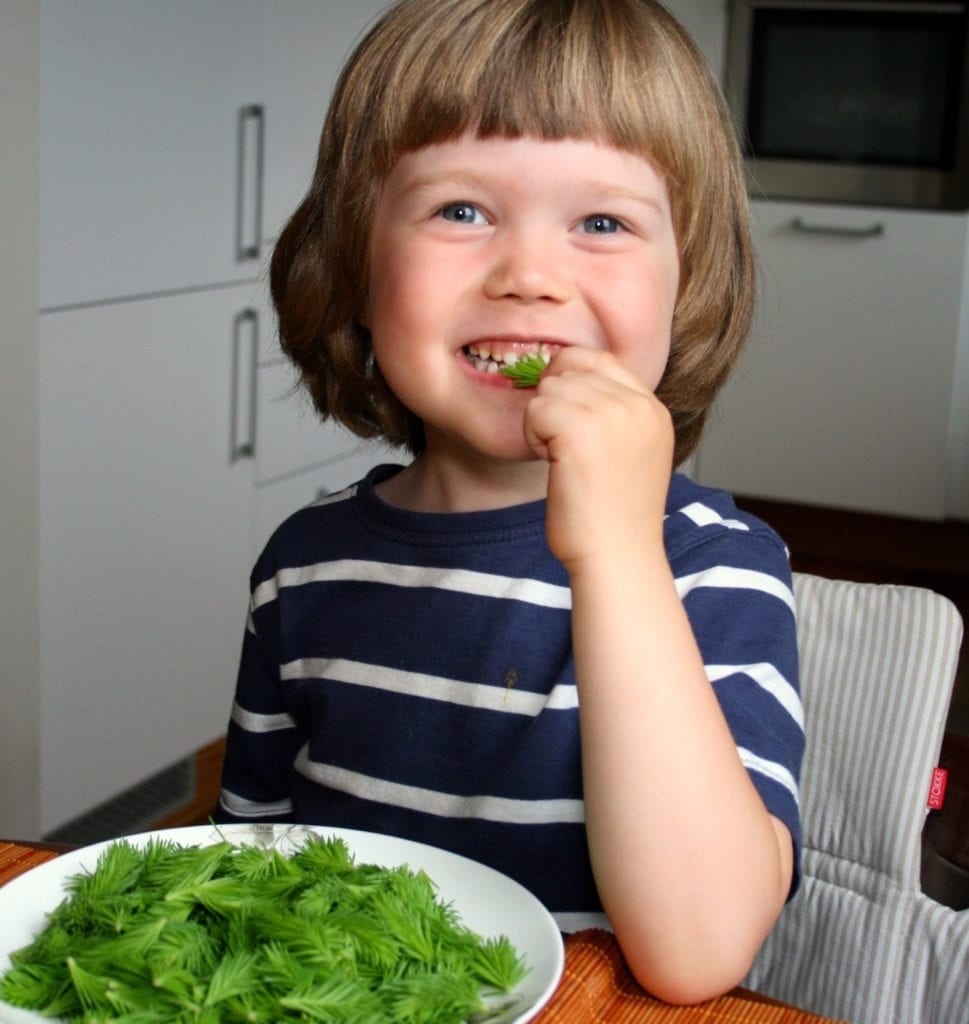
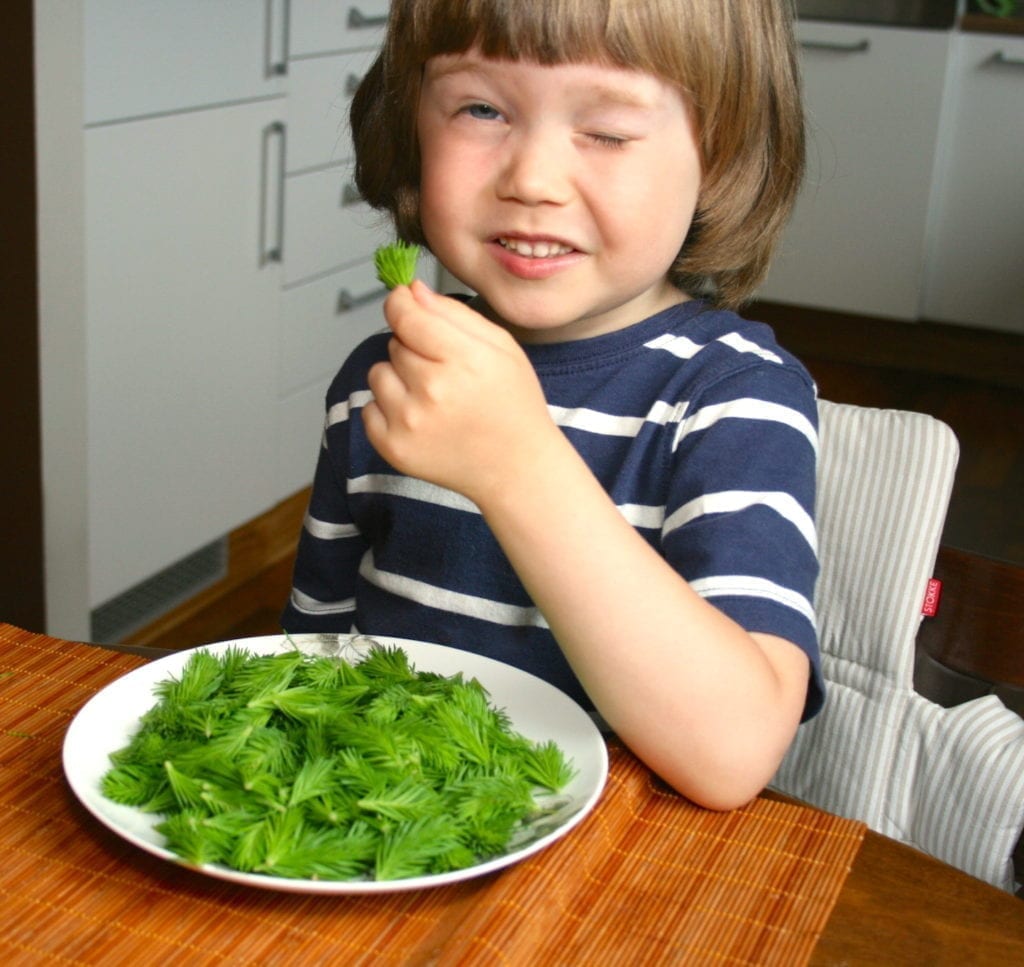
Where Do Spruce Trees Grow?
Spruce trees (genus Picea) are native to the northern temperate and boreal regions of the Northern Hemisphere. They thrive in:
- North America: From Alaska across Canada to the northeastern United States.
- Europe: Widely across Scandinavia, the Alps, and Eastern Europe.
- Asia: Including parts of Siberia, the Himalayas, and northern Japan.
These trees are well-adapted to cold climates and are commonly found in taiga and mountainous regions.
What Are Spruce Tips?
Spruce tips are the young, tender shoots that emerge at the ends of spruce branches in spring. Their bright green hue and soft texture make them easily distinguishable from mature needles.
Benefits of Eating Spruce Tips
Rich in Vitamin C
Spruce tips are exceptionally high in vitamin C, a vital antioxidant that supports immune function, collagen synthesis, and adrenal health. Consuming them fresh, frozen, or dried can help maintain adequate vitamin C levels, especially during winter months.
Abundant in Carotenoids
These young shoots contain carotenoids, including beta-carotene, which the body converts into vitamin A. This nutrient is essential for vision, immune response, and skin health.
Mineral-Rich
Spruce tips are a good source of minerals like potassium and magnesium, which are crucial for muscle function, nerve transmission, and maintaining fluid balance.
Traditional Respiratory Remedy
Historically, indigenous communities have used spruce tips to alleviate respiratory ailments such as coughs and sore throats, owing to their expectorant and soothing properties.
High in Chlorophyll
The vibrant green colour of spruce tips indicates a high chlorophyll content, which aids in tissue repair, detoxification, and oxygen transport in the body.
8+ Ways to Use Spruce Tips
- Fresh Snacking
Enjoy them raw for a zesty, citrus-like flavour. Freeze them for longer keeping. - Smoothies and Salads
Chop and add them to smoothies or salads for a nutritional boost. For example add them to Kiwi-Avocado Smoothie - Herbal Tea
Steep dried tips in hot water to make a soothing tea that can help with respiratory issues. - Culinary Herb Substitute
Use them in place of rosemary to season dishes like soups, stews, and roasted vegetables. - Infused Water
Add chopped tips to water and let it infuse for a refreshing, vitamin-rich drink. - Season your soups, pastas, stews, curries etc. with chopped spruce tips. It is also a great way to enhance mineral absorption from grains and legumes. Recipe ideas: artichoke-bean stew, tortilla bowls.
- Pesto
Blend spruce tips with nuts, garlic, lemon juice, and olive oil for a unique pesto. Here’s my vegan oil-free pesto with spruce tips, pine nuts, basil, and nutritional yeast. - Sautéed Dishes
Incorporate them into sautéed mushrooms or other vegetable dishes for added flavour. For example, try out sautéed mushrooms with spruce tips and chives. - Fermented or Pickled
Preserve them by pickling, which can enhance their flavour and extend their shelf life.
Note: While some enjoy spruce tip syrup, be mindful of the high sugar content, which can negate some health benefits.
How to Forage Spruce Tips Responsibly
Here’s how it is advised to pick spruce tips:
- Distance from Pollution:
Harvest at least 100 metres away from roads to avoid contaminants.
- Sustainable Picking:
Only take a few tips from each tree and avoid over harvesting from a single branch to ensure the tree’s healthy growth.
- Selective Harvesting:
Focus on shaded, lower branches, which are less vital to the tree’s upward growth. [source video]
- Proper Identification:
Ensure you’re picking spruce tips and not those from potentially harmful trees like yew.
- Mindful Foraging:
Before harvesting, take a moment to connect with the tree. Ask for permission and, after collecting, express gratitude. This practice fosters a respectful relationship with nature.
By following these guidelines, you can enjoy the benefits of spruce tips while preserving the health of the trees and the ecosystem.
Sources:
- https://www.britannica.com/plant/spruce
- https://treespnw.forestry.oregonstate.edu/conifer_genera/spp/spruce_spp.html
- https://urbanipm.montana.edu/entomology/resources/fact-sheets/spruce-trees-in-montana.html
- Sirgedaitė-Šėžienė V, Lučinskaitė I, Mildažienė V, Ivankov A, Koga K, Shiratani M, Laužikė K, Baliuckas V. Changes in Content of Bioactive Compounds and Antioxidant Activity Induced in Needles of Different Half-Sib Families of Norway Spruce (Picea abies (L.) H. Karst) by Seed Treatment with Cold Plasma. Antioxidants (Basel). 2022 Aug 11;11(8):1558. doi: 10.3390/antiox11081558. PMID: 36009278; PMCID: PMC9405162. https://pmc.ncbi.nlm.nih.gov/articles/PMC9405162/
- Jyske T, Järvenpää E, Kunnas S, Sarjala T, Raitanen JE, Mäki M, Pastell H, Korpinen R, Kaseva J, Tupasela T. Sprouts and Needles of Norway Spruce (Picea abies (L.) Karst.) as Nordic Specialty-Consumer Acceptance, Stability of Nutrients, and Bioactivities during Storage. Molecules. 2020 Sep 12;25(18):4187. doi: 10.3390/molecules25184187. PMID: 32932686; PMCID: PMC7570650. https://pmc.ncbi.nlm.nih.gov/articles/PMC7570650/
- https://www.maine.gov/dacf/mfs/publications/handbooks_guides/forest_trees/pdf/Spruce.pdf
- https://canadianpinepollen.com/en-eu/blogs/news/spruce-tips-pine-needles-and-vitamin-c-everything-you-need-to-know
- https://www.calicoandtwine.com/blog/spruce-tips-benefits-and-uses
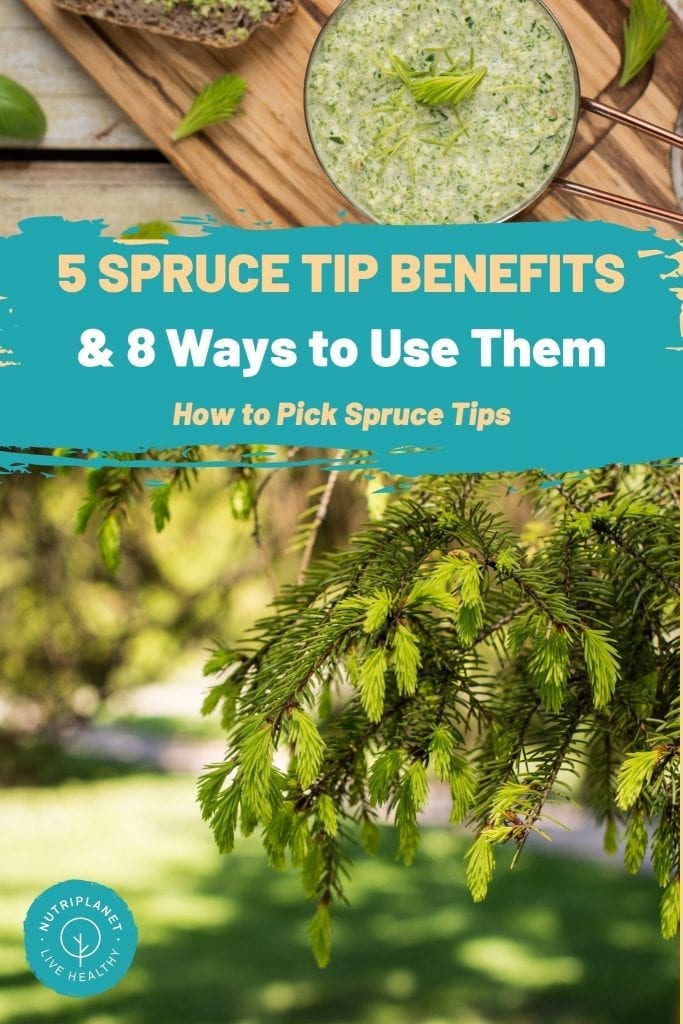

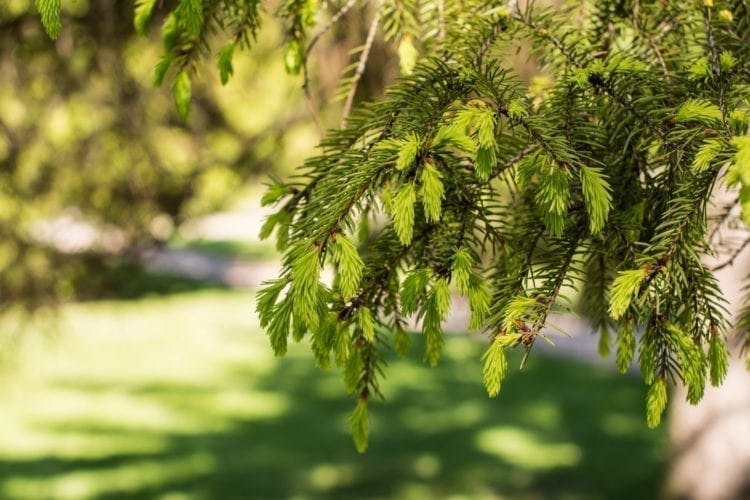











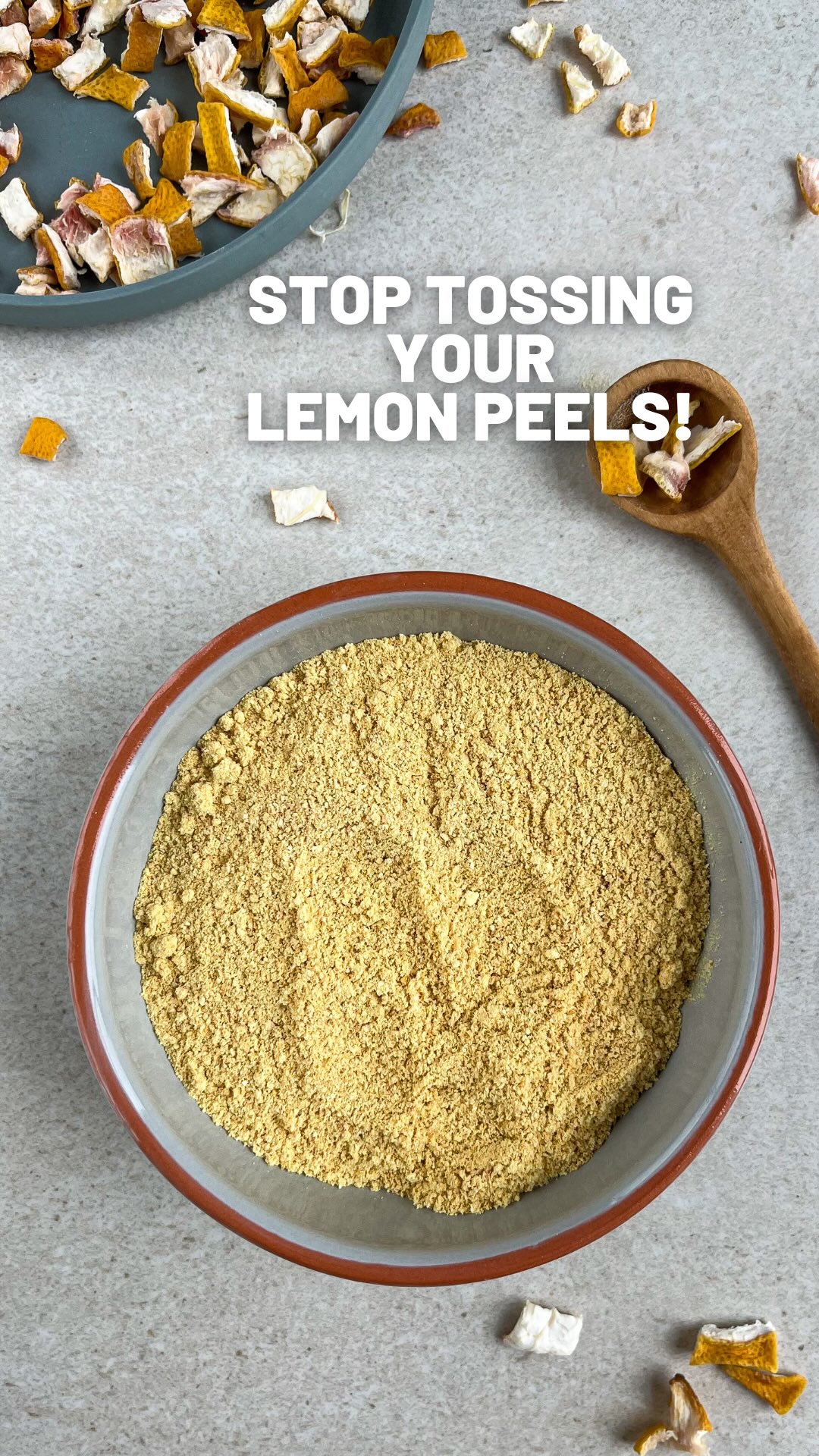
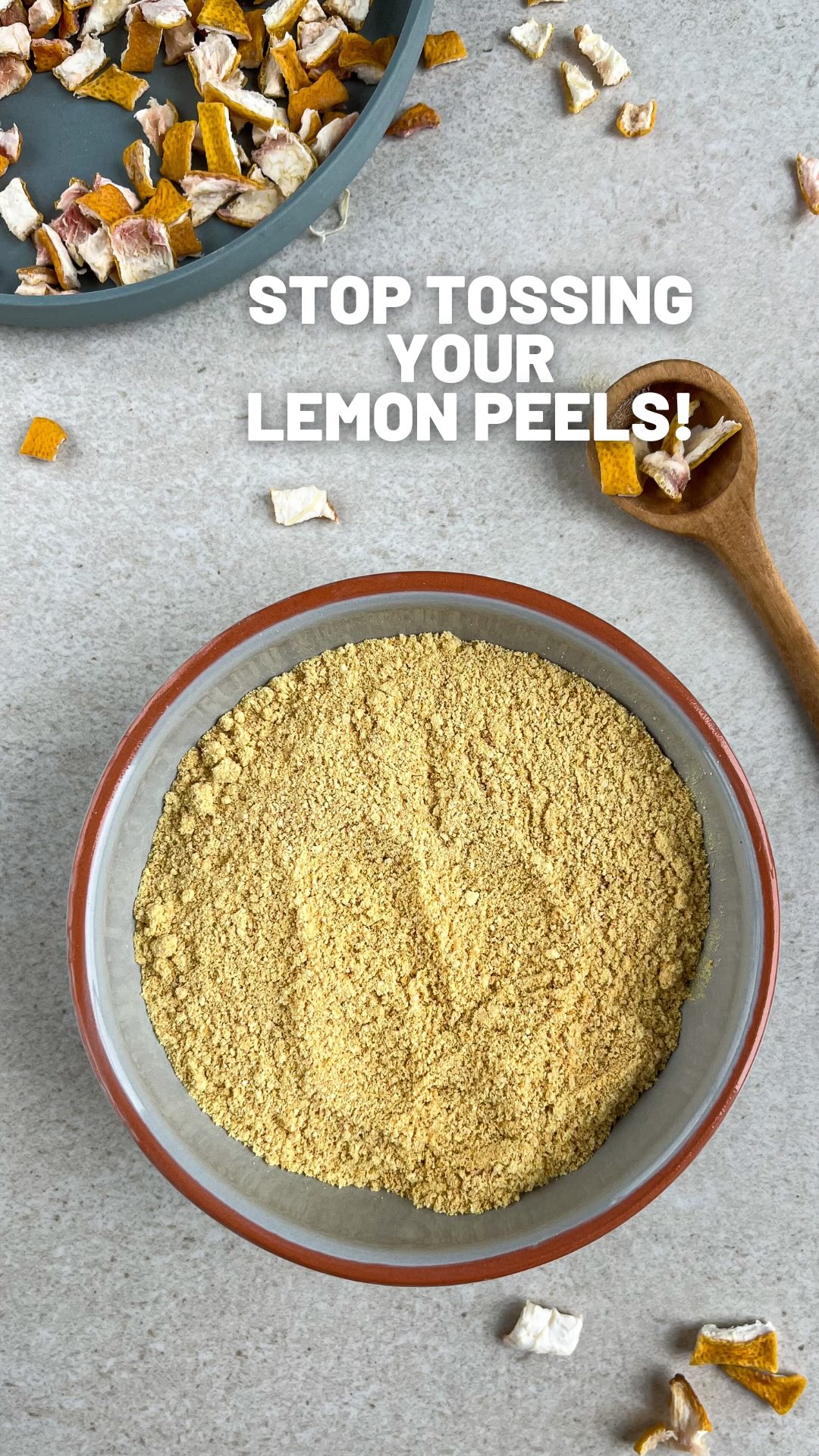

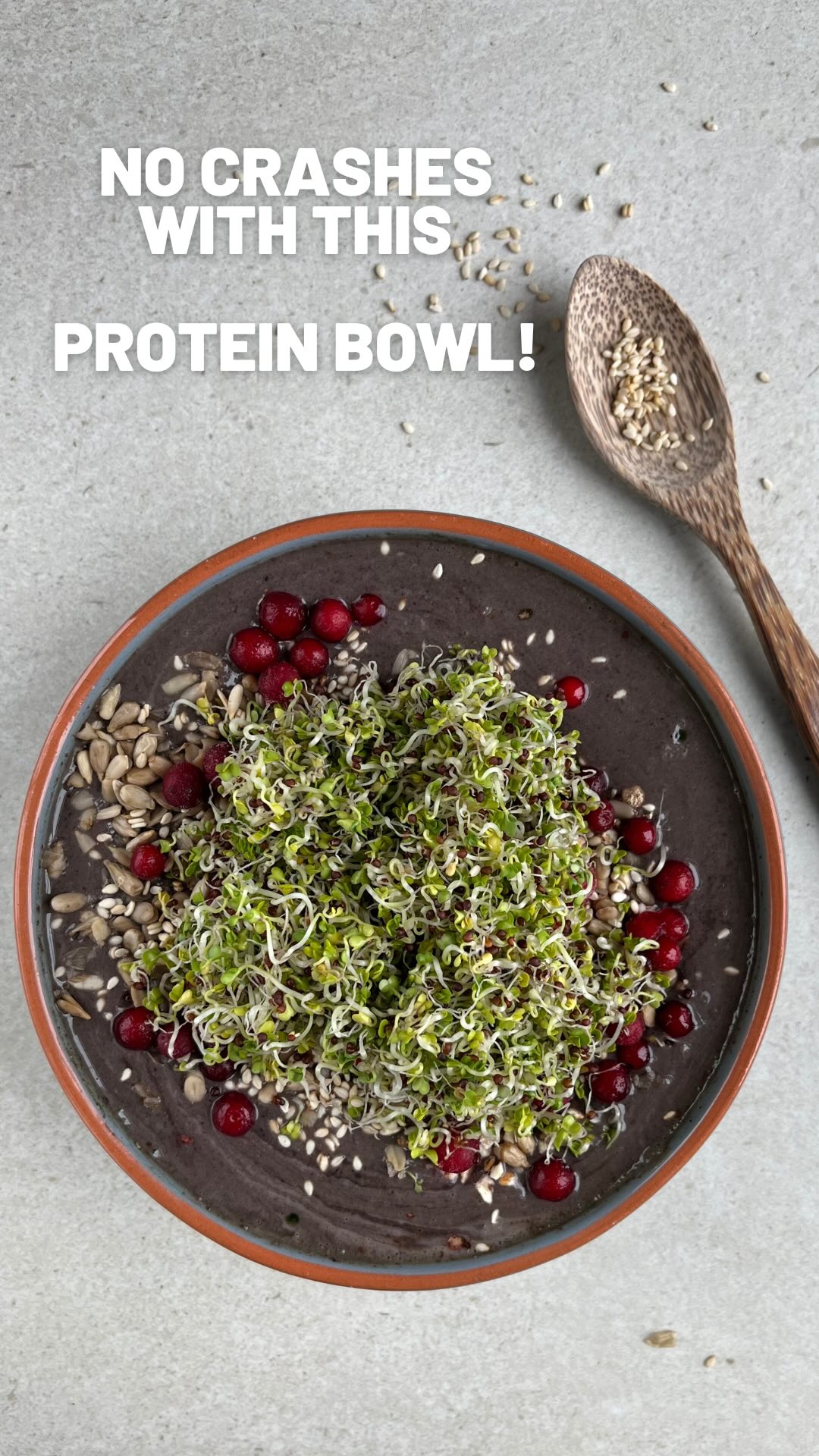











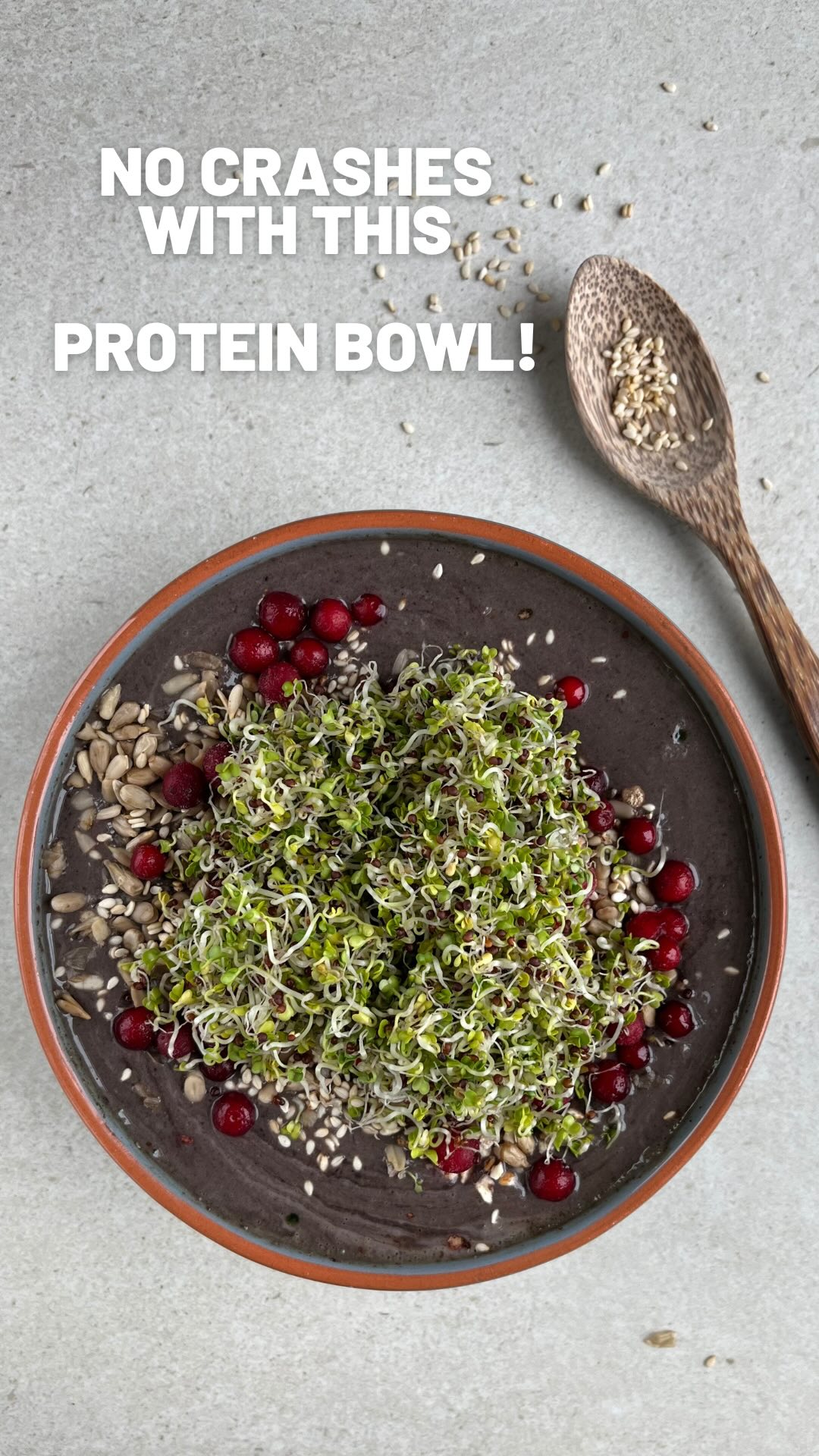







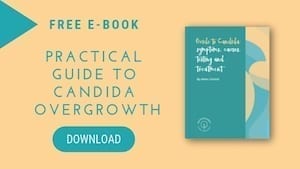

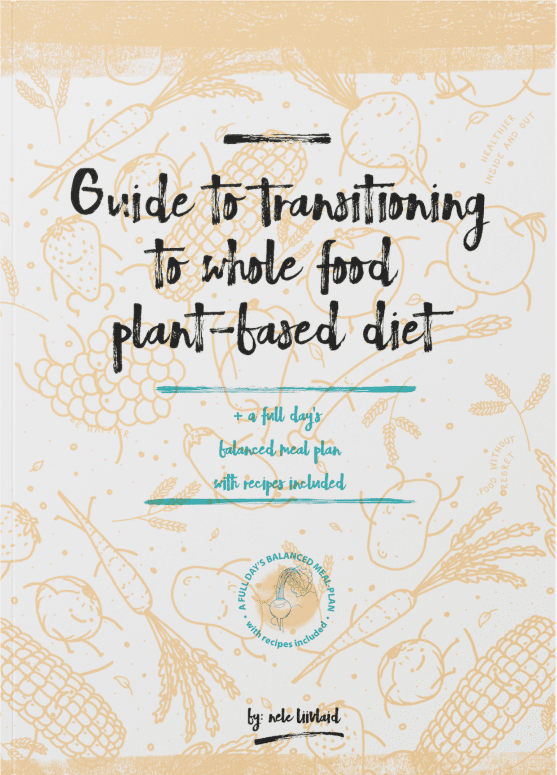
Do you know if spruce tips contain any sugar?
Hi! I don’t know the exact macros, but they most probably contain carbohydrates, which in turn contain sugars. However, it’s naturally occurring sugars that can’t be compared with manmade refined sugar.
I have a book, Edible & Medicinal Plants of Canada. In the section under the Pine Family, Warning: it advises not to eat the needles and to drink Pine Teas in moderation, but doesn’t explain what is the danger of eating them. Does anyone have an answer to this? Or is the warning exaggerated perhaps?
Yew and cyress can be toxic. The others are fine.
Pingback: 25 Ways To Stay Warm In Winter And Reduce Heating Costs - Low Income Relief
Can you use the needles on the branch or just the spruce tips?
Hi! You could but they taste very resinous. Adding them in a smoothie would be fine I think. The tips are delicate and sour.
Are there any medicinal, topical uses for the tips?
Hi Karin,
It might be that spruce tips are helpful for:
— Respiratory Health: Spruce tips contain natural compounds that have been traditionally used to support respiratory health. They can be brewed into teas or infused into respiratory balms to help soothe coughs, congestion, and respiratory discomfort.
— Skin Care: The essential oils found in spruce tips have antimicrobial and anti-inflammatory properties, making them beneficial for skin care. Spruce tip-infused oils or balms can be applied topically to help alleviate skin irritations, promote wound healing, and provide a refreshing aroma.
— Muscle and Joint Support: Spruce tips contain compounds that possess analgesic and anti-inflammatory properties. They can be used in the form of infused oils, salves, or poultices to provide relief from muscle aches, joint pain, and inflammation.
— Mood Upliftment: The aromatic properties of spruce tips can have a positive effect on mood and emotional well-being. Spruce tip essential oil can be used in aromatherapy or diffusers to promote relaxation, reduce stress, and uplift the spirits.